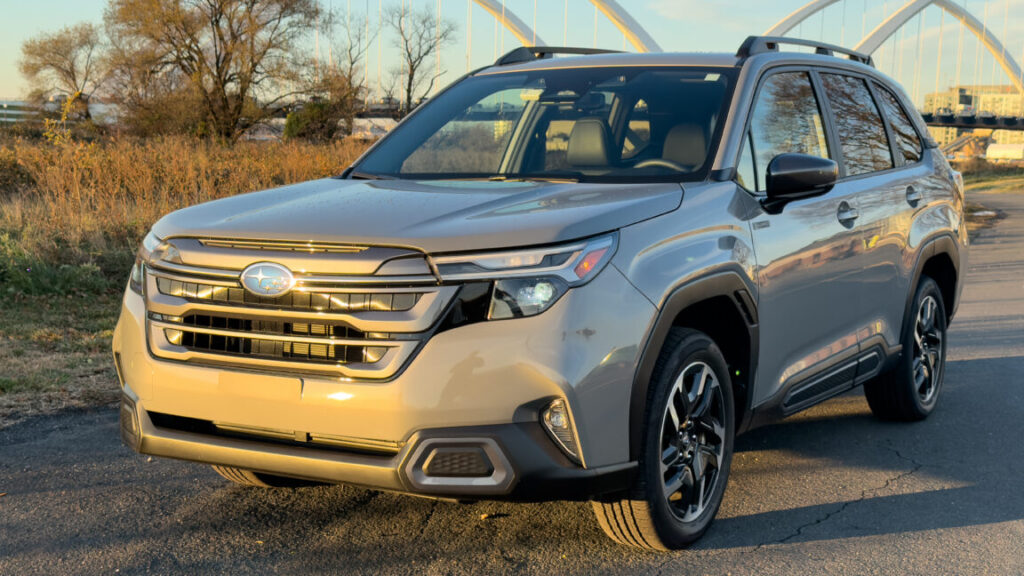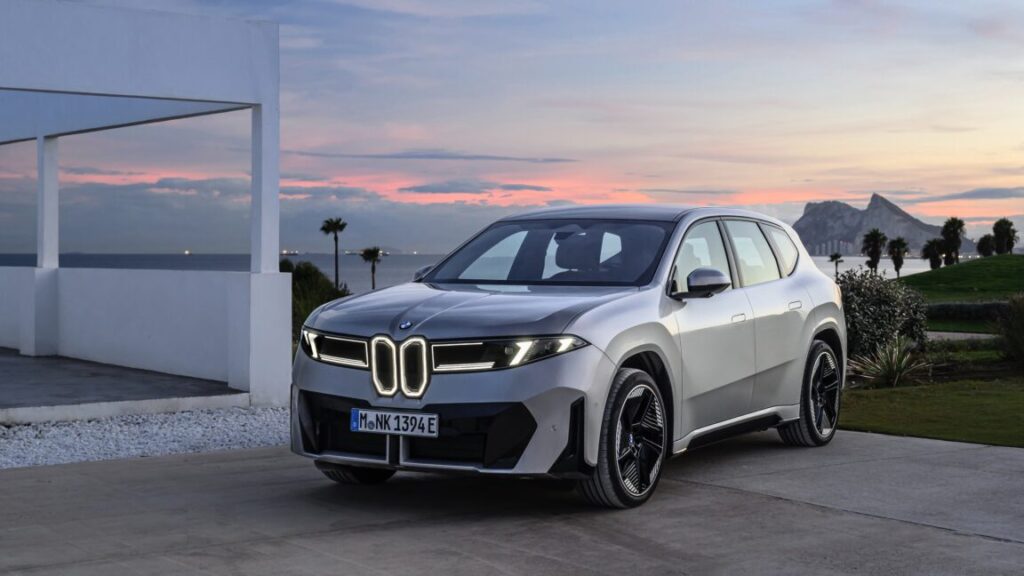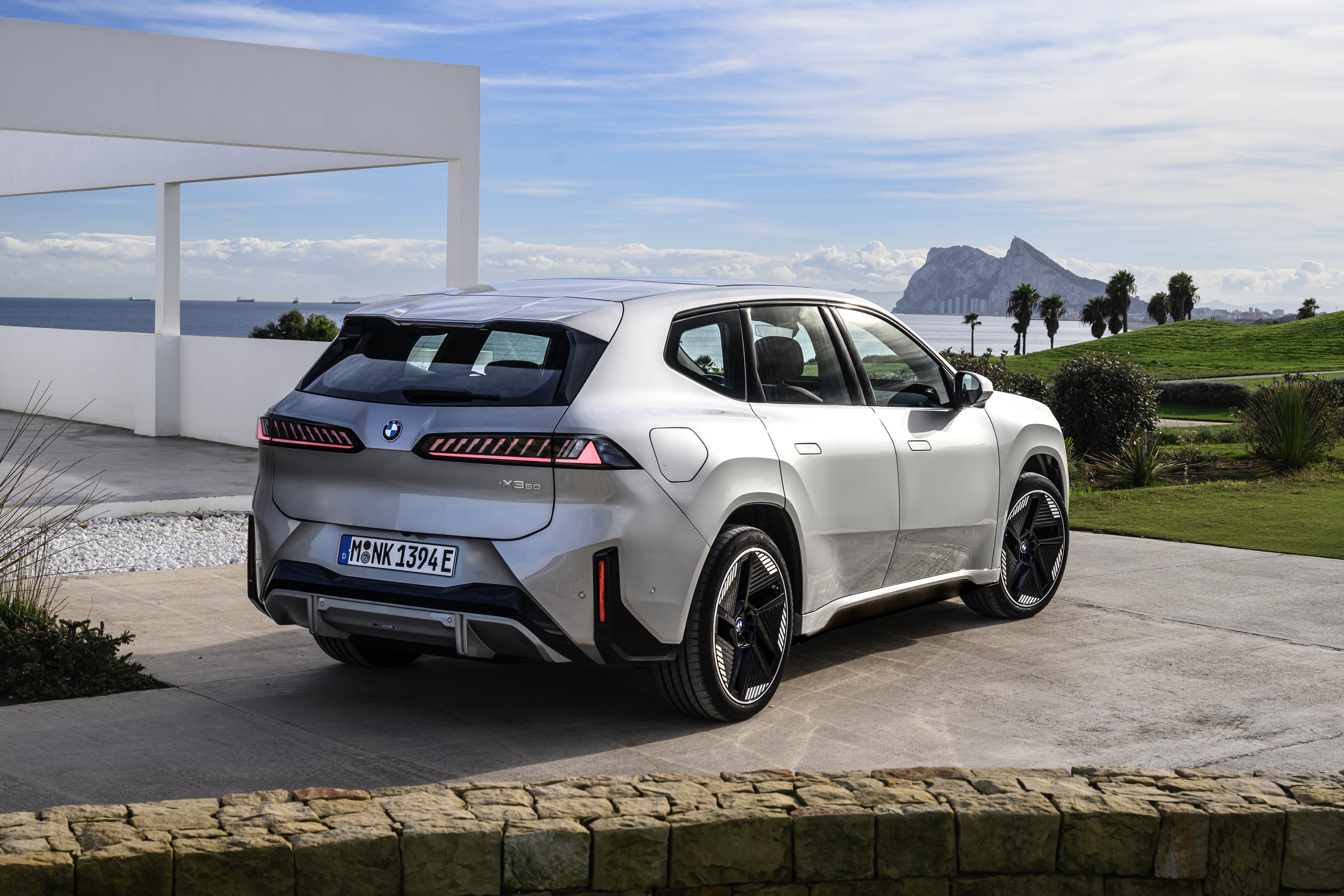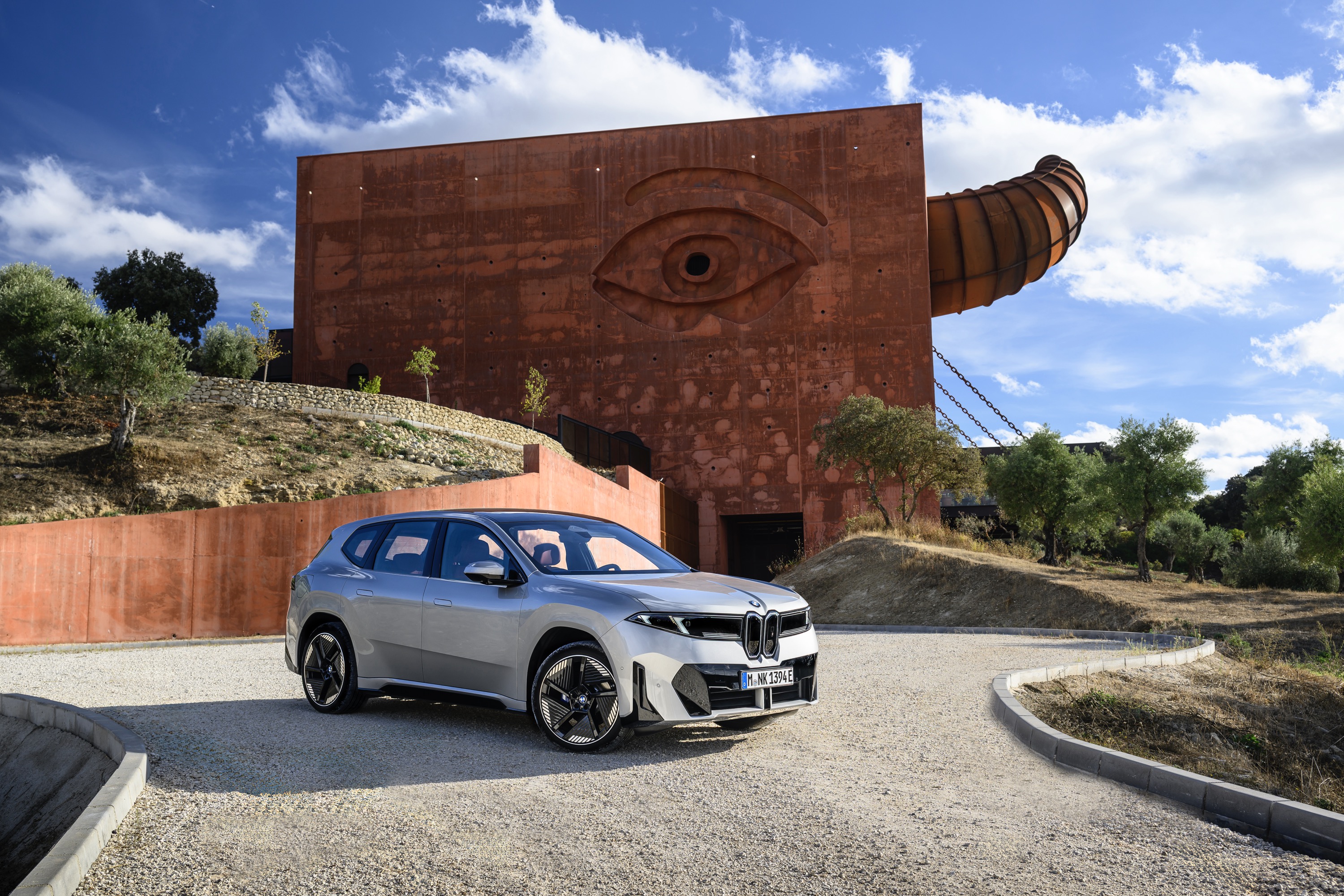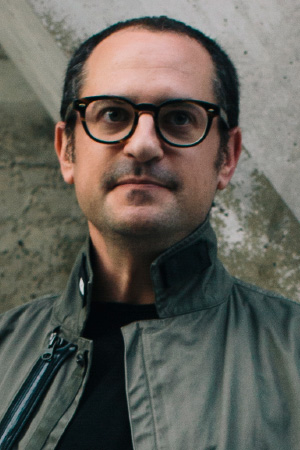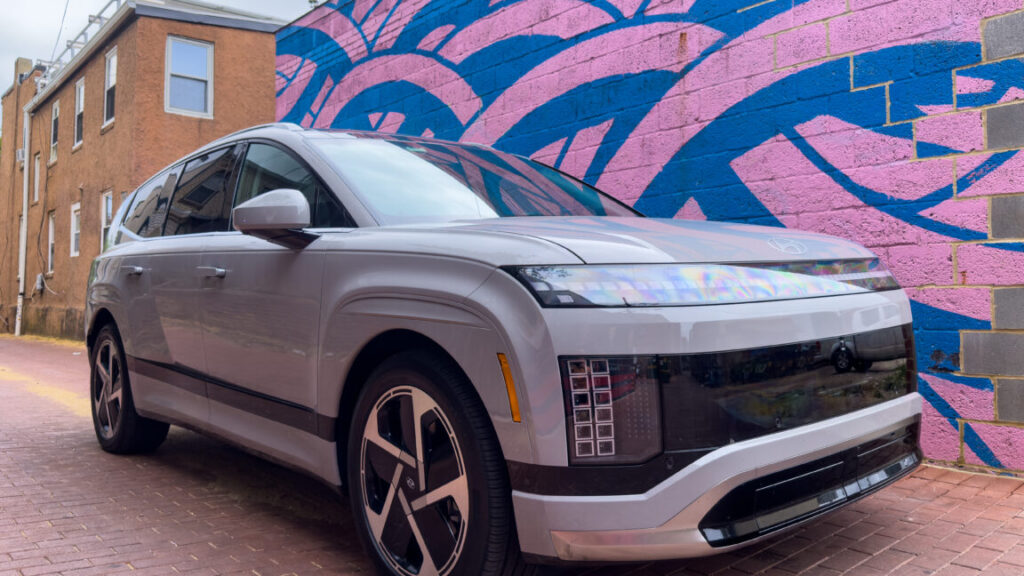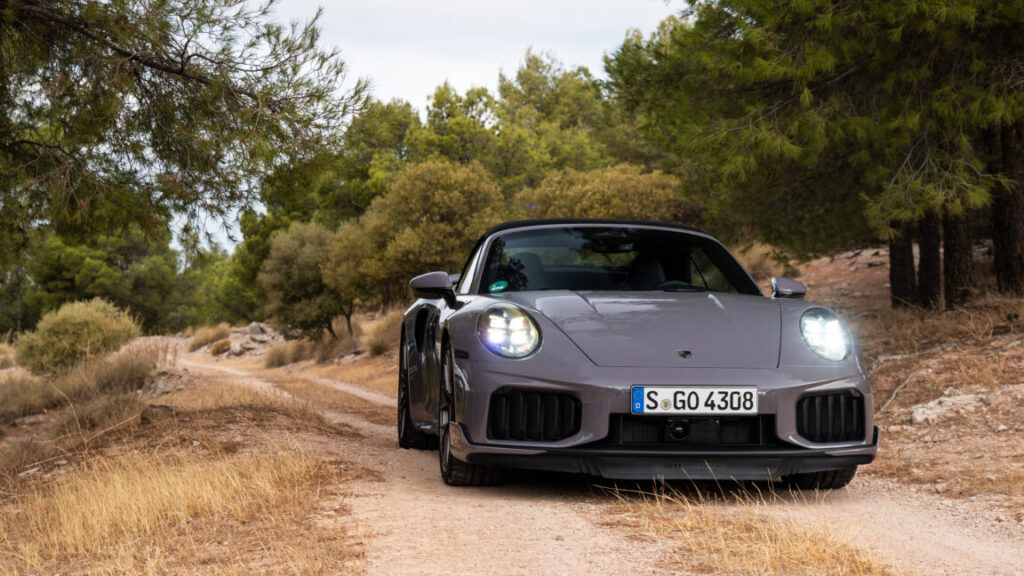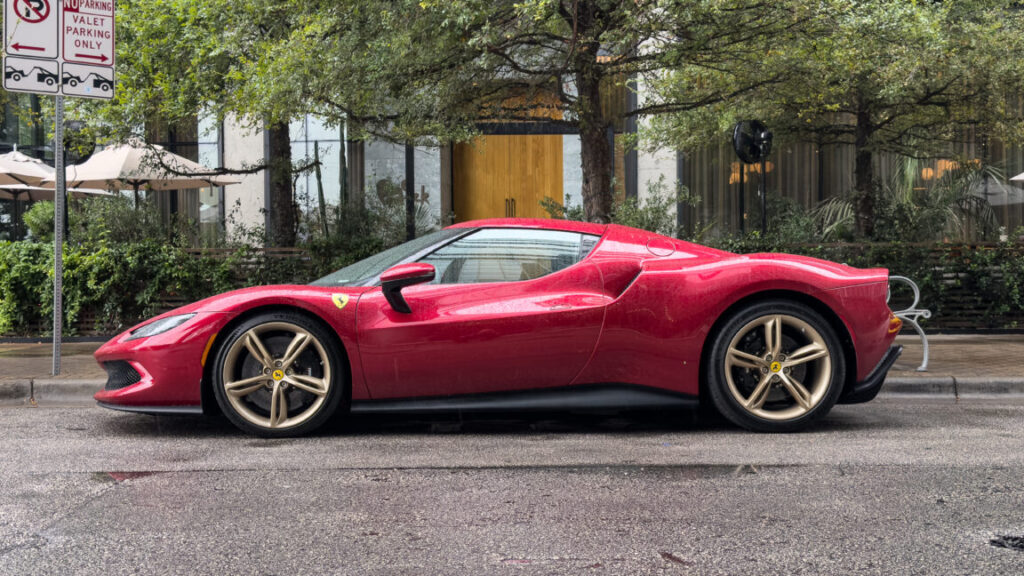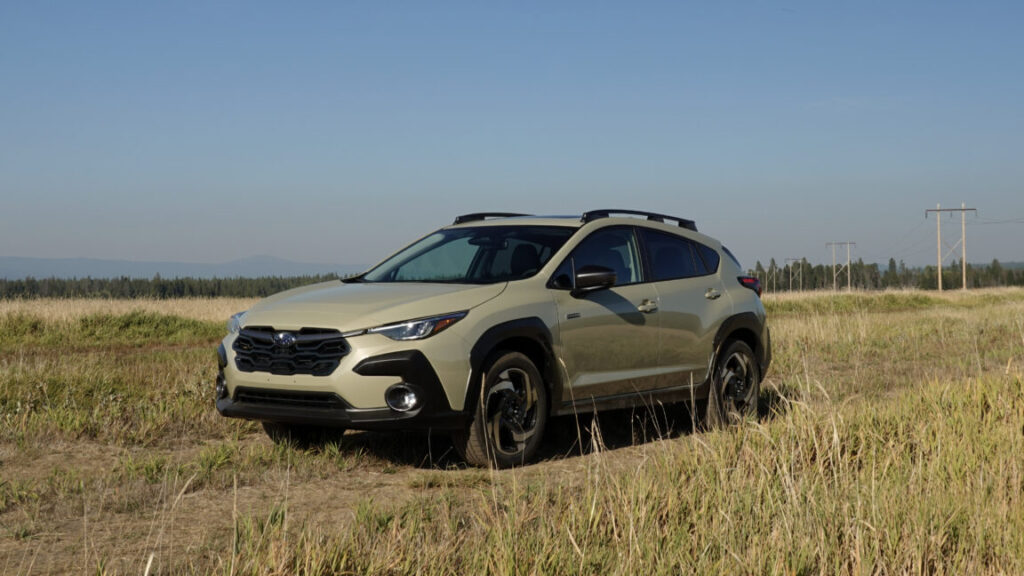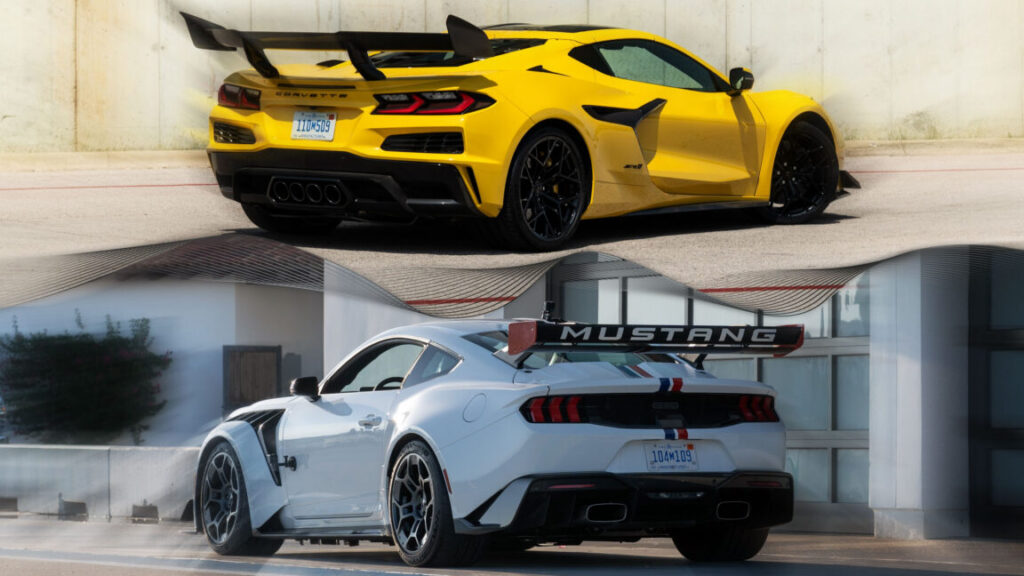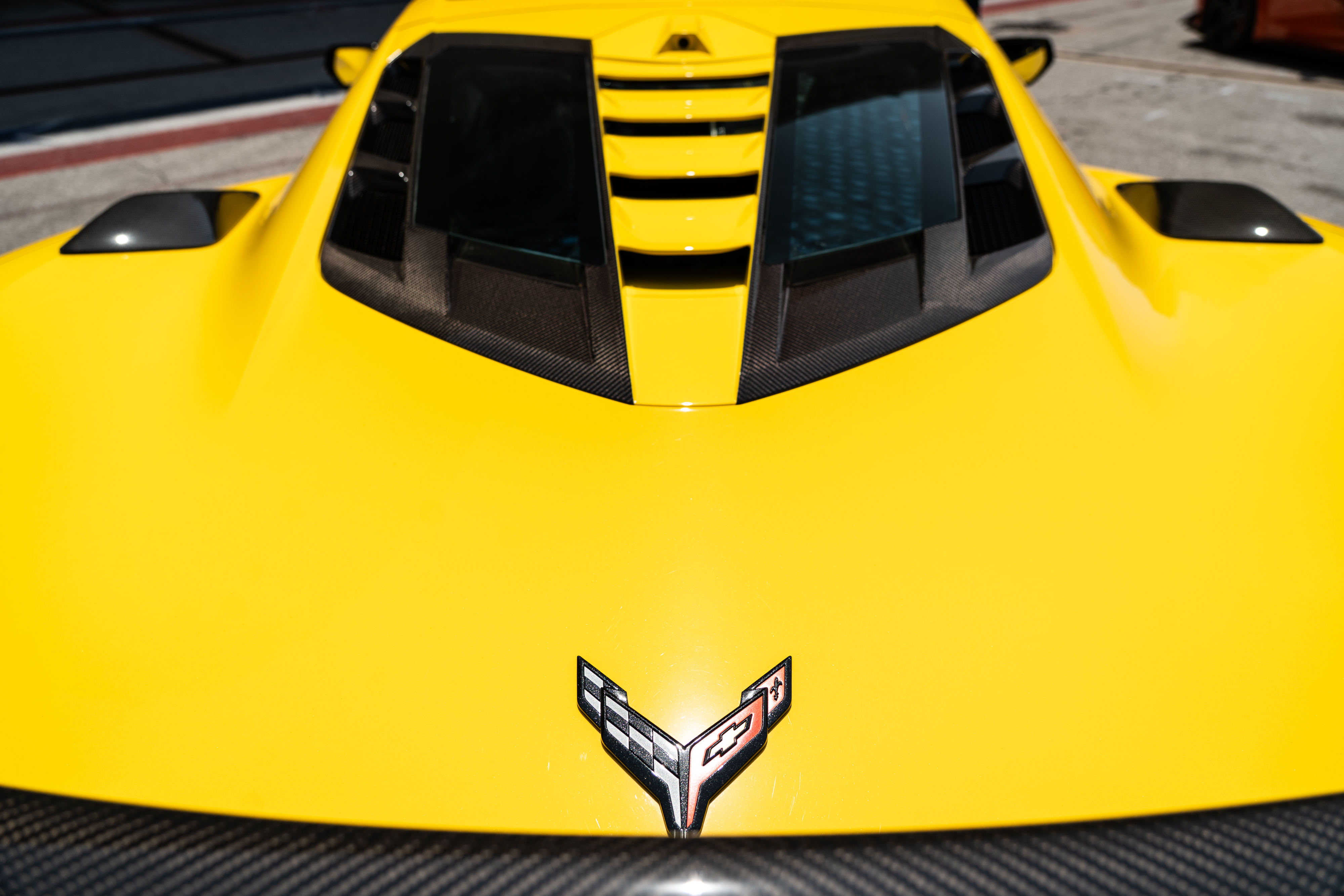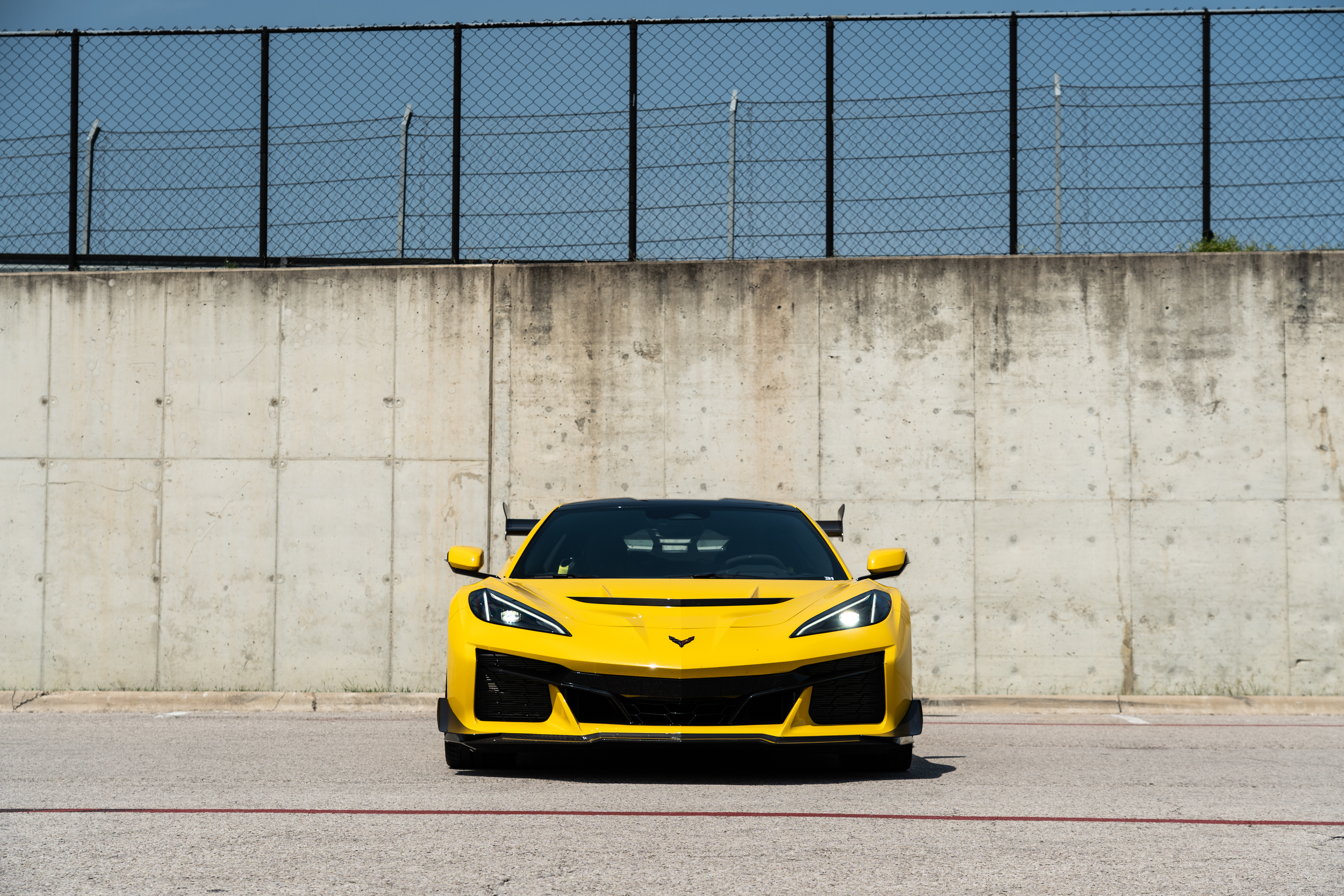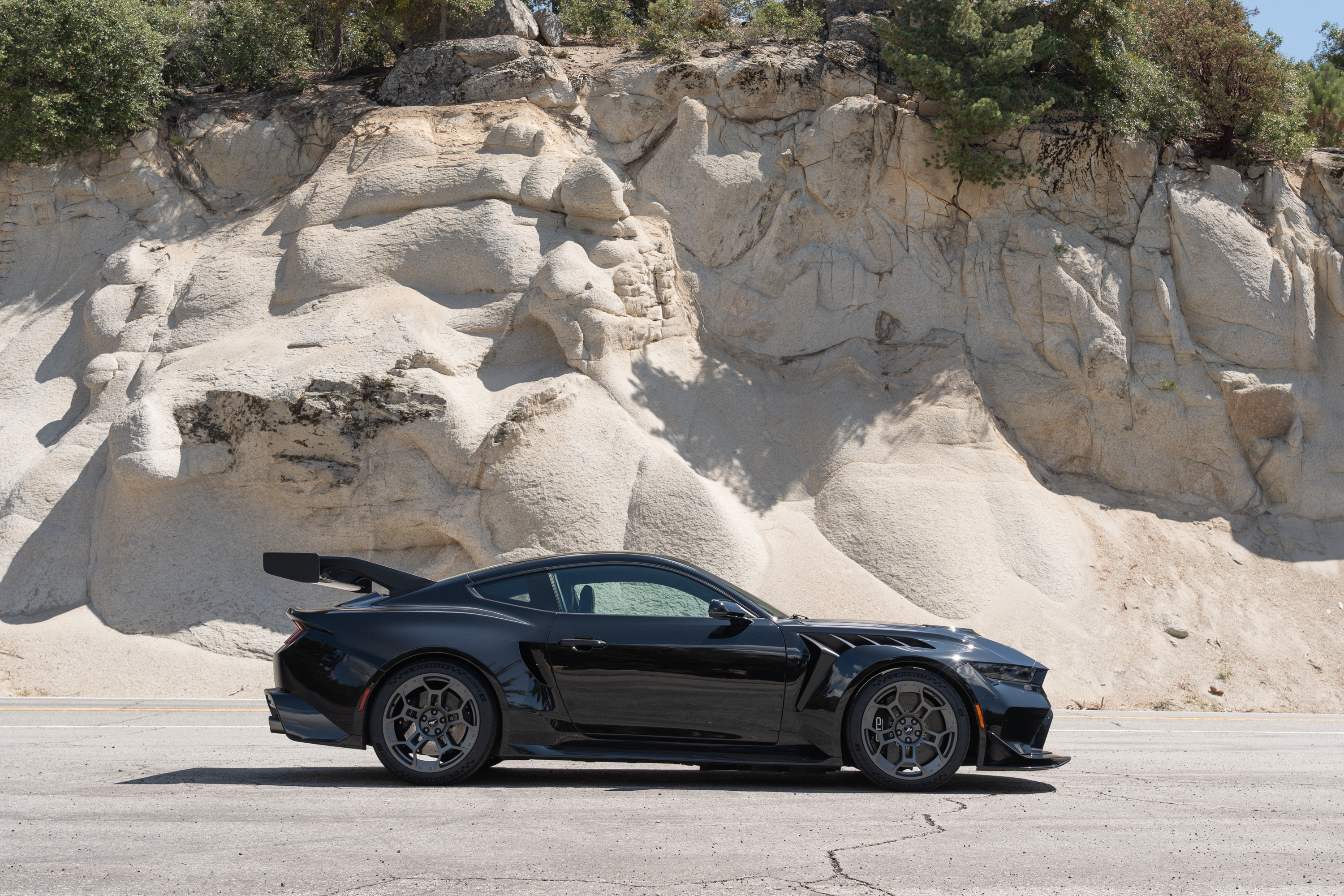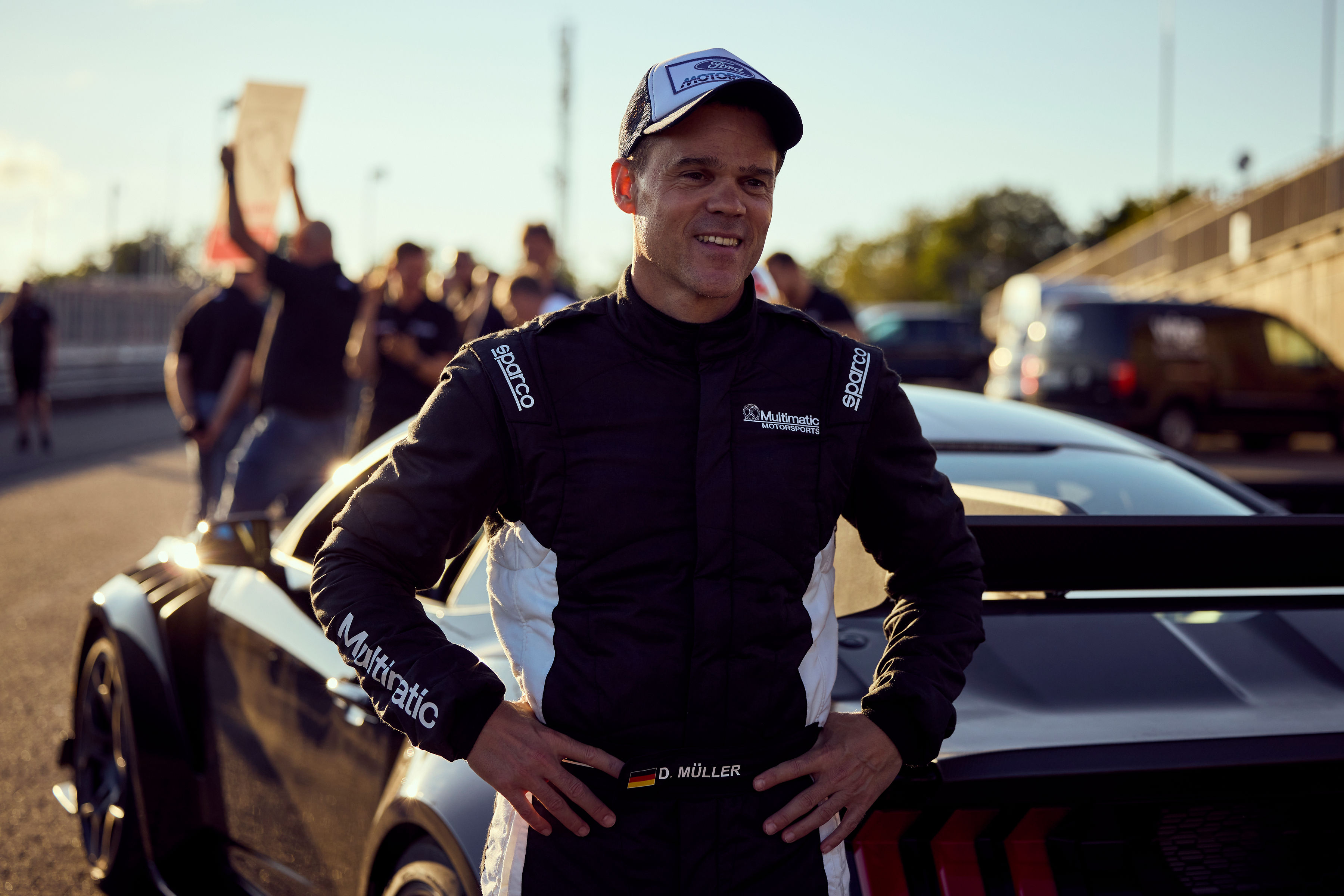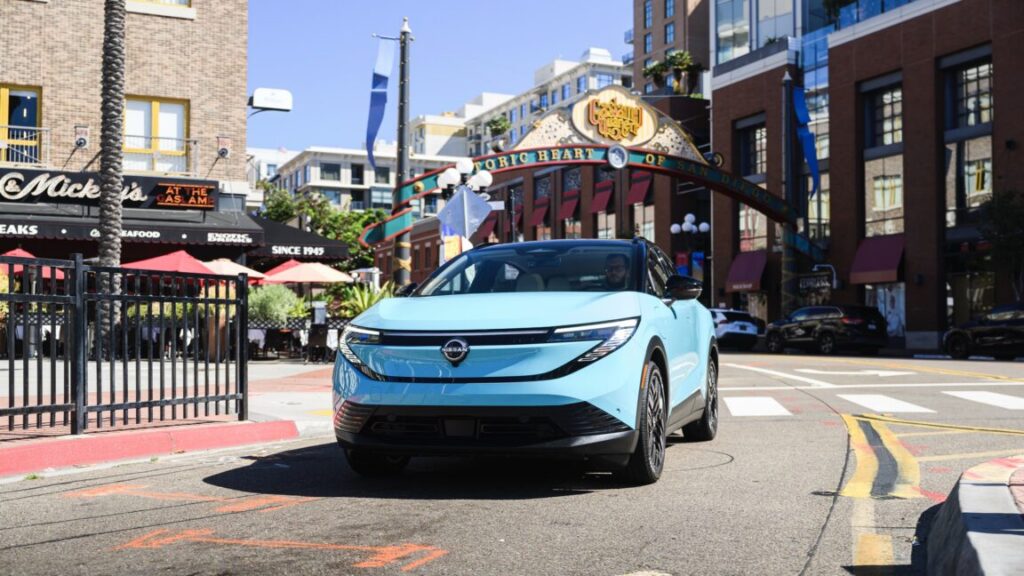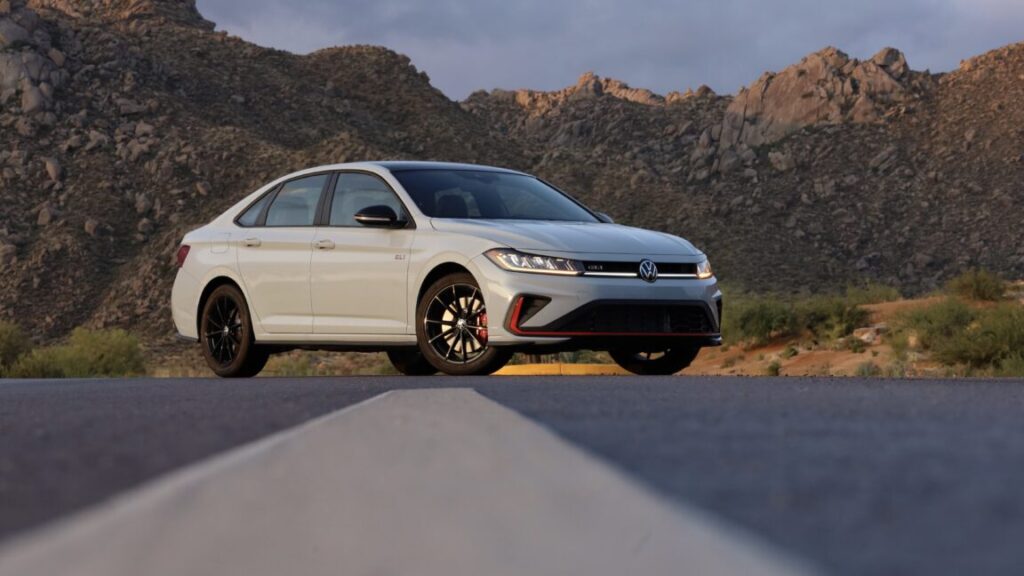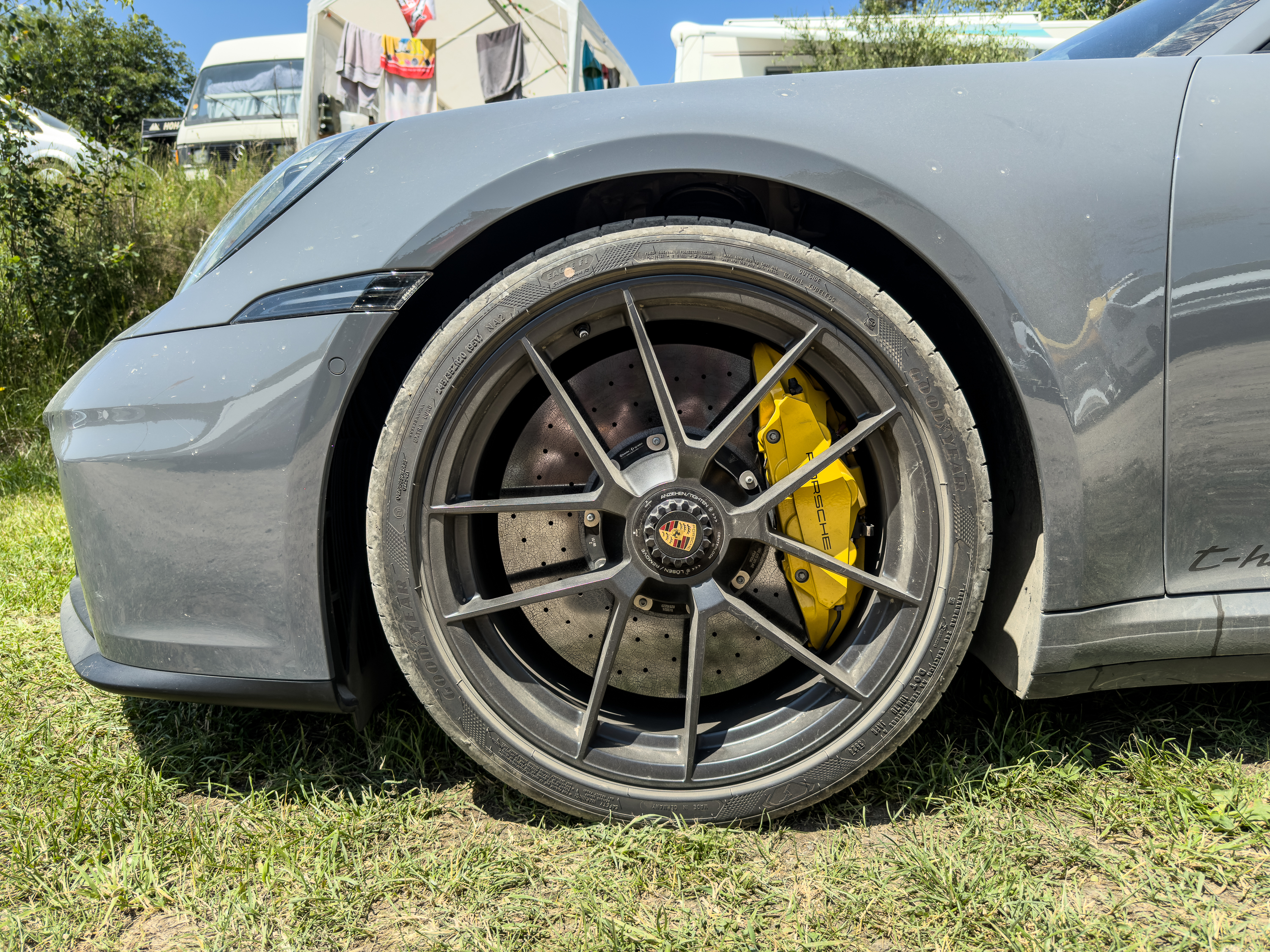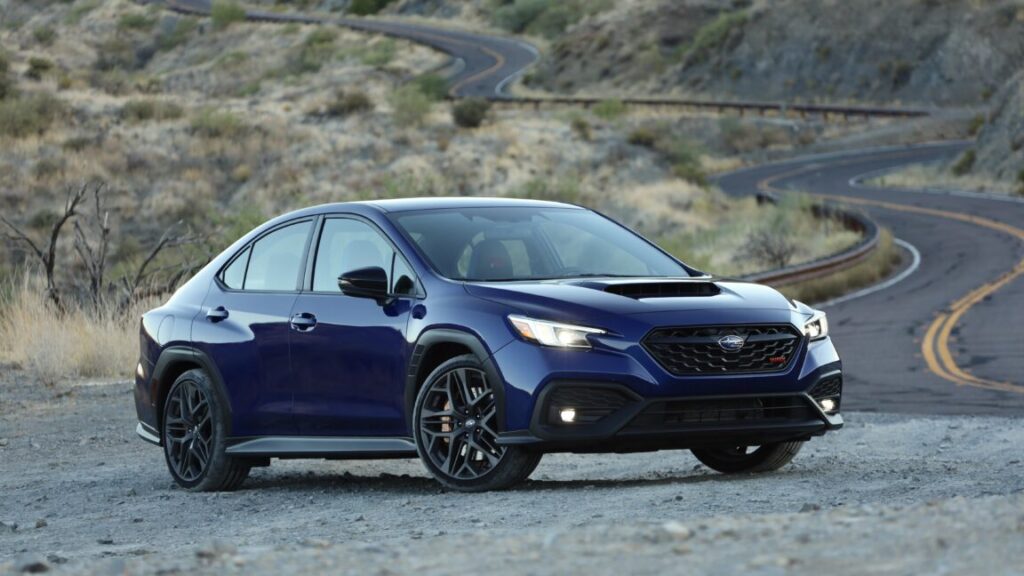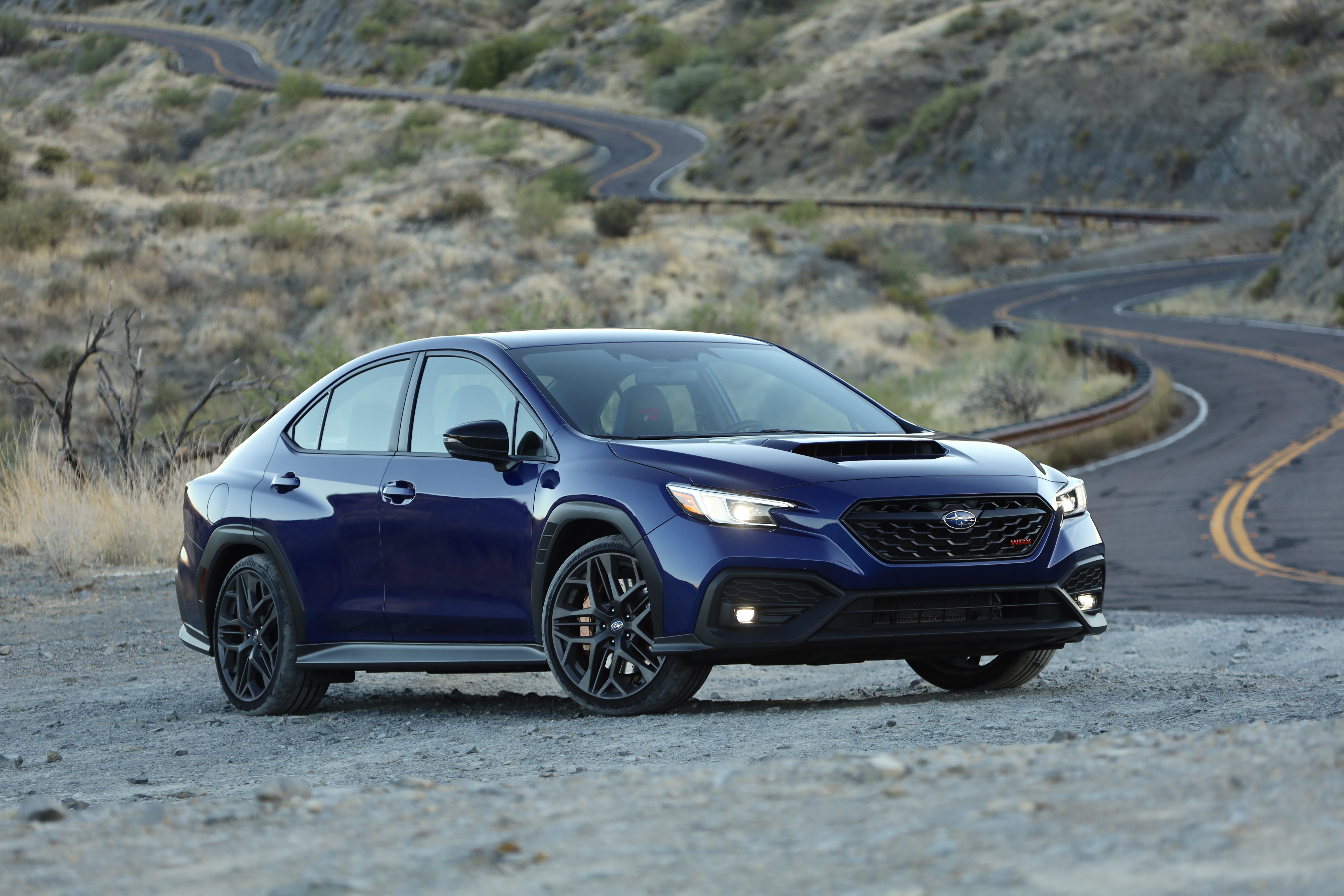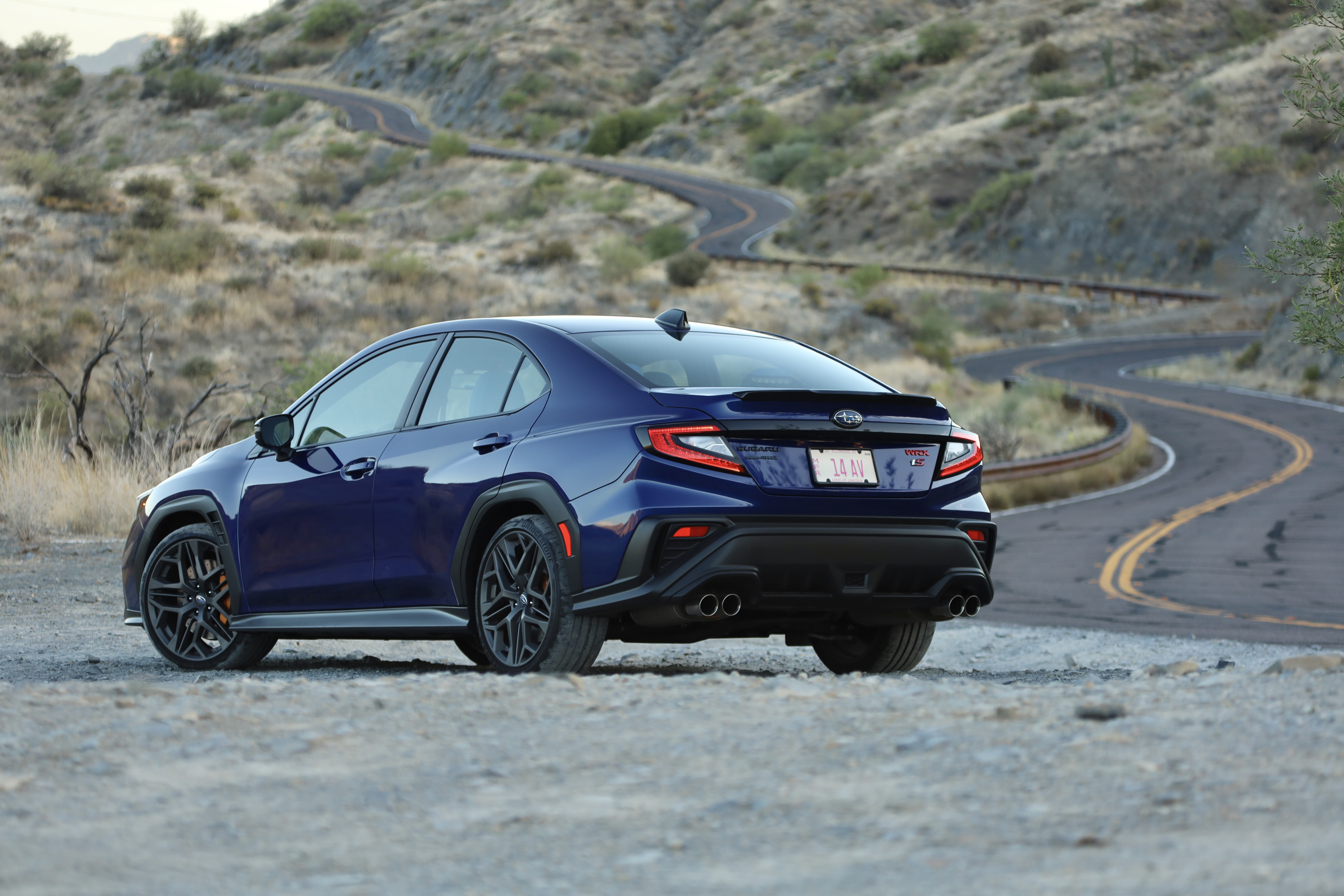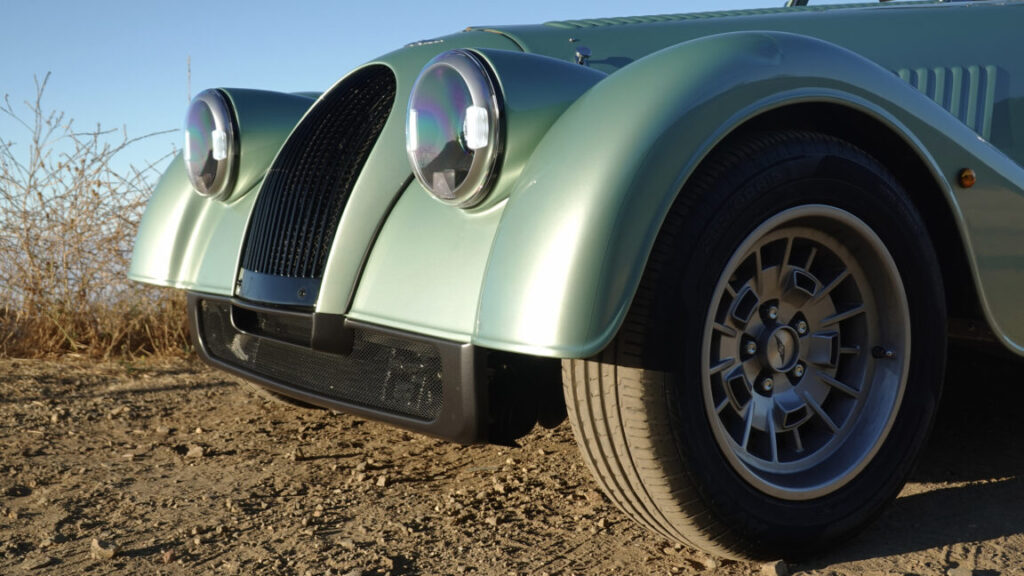Ugly infotainment mars the 2025 Subaru Forester Hybrid experience
Although many of us associate it with rally-derived machinery from the late 1990s and early 2000s, these days, Subaru has mostly abandoned its performance cars to concentrate on its true calling—rugged, all-wheel-drive vehicles that are high on practicality, powered by horizontally opposed “boxer” engines. One area where the brand has never particularly excelled has been fuel efficiency, which is where today’s test car, the Subaru Forester Hybrid, comes in.
The last time Ars reviewed a Subaru Forester, it left us impressed. How about one with 40 percent better economy, in that case? Now, the 2.5 L flat-four engine operates on the Atkinson/Miller cycle, which generates 162 hp (121 kW) and 154 lb-ft (208 Nm). There’s an electric motor-generator starter and an electric traction motor with 118 hp (88 kW) and 199 lb-ft (270 Nm) that work together to send a combined 194 hp (145 kW) to all four wheels via a symmetrical all-wheel drive system and a planetary continuously variable transmission.
The Forester Hybrid is 183.3 inches (4,656 mm) long, 70.2 inches (1,783 mm) wide, and 68.1 inches (1,729 mm) tall, with a 105.1-inch (2,670 mm) wheelbase. Jonathan Gitlin
If that sounds vaguely familiar, that’s because it’s the same powertrain that Subaru has also fitted to the smaller Crosstrek Hybrid that we drove in September.
The 14 hp (10 kW) bump over the non-hybrid Forester is little enough that it probably won’t be noticed, but a combined EPA fuel efficiency of 35 mpg (6.7 L/100 km) is a meaningful increase over the unelectrified Forester’s 29 mpg (8.1 L/100 km). In practice, I struggled to exceed 31 mpg (7.6 L/100 km) during my week with the Forester, although as you’ll note from the temperatures displayed on the dash, winter temperatures have arrived, and we all know the cold makes all vehicles less efficient, not just EVs.
Driving a CVT hybrid can often feel disconcerting. Sometimes you press the accelerator and the car decides that electric propulsion will suffice; other times, the engine will rev with a non-linear relationship to the power being delivered at the wheels, as internal combustion tops up lithium-ion and then sends electrons to a motor to make the car go. Like all Atkinson cycle engines, it doesn’t sound very mellifluous when worked hard.
The rest of the driving experience was quite pleasant. The Forester Hybrid rides well on tires that have plenty of sidewall, and the 8.7-inches (221 mm) of ground clearance gives plenty of room for suspension travel. While it doesn’t handle like a WRX (or my dear departed Saab 9-2x), driving the Forester is no real chore. Other than the engine and some wind noise, it’s mostly refined on the move.
Ugly infotainment mars the 2025 Subaru Forester Hybrid experience Read More »
